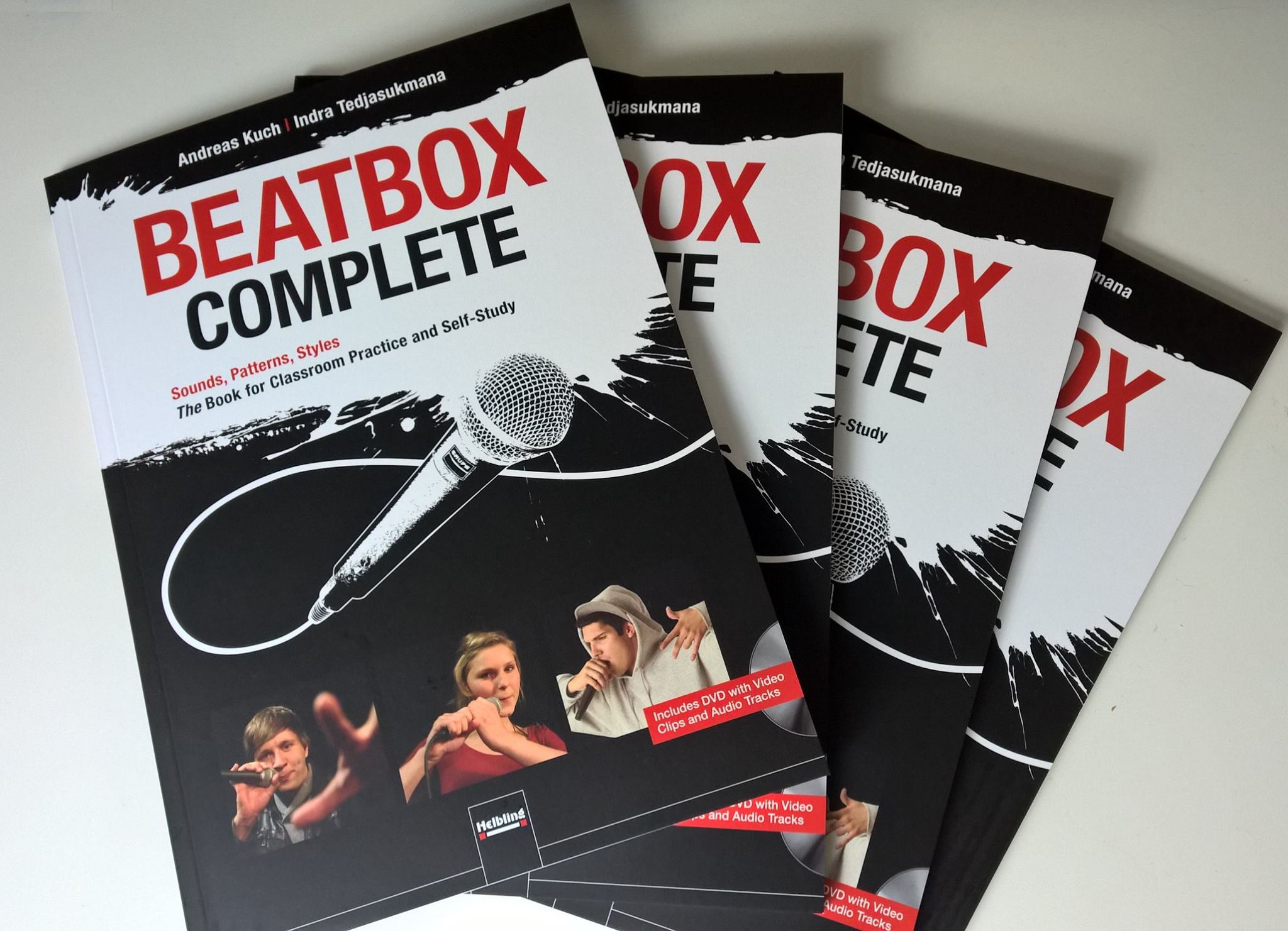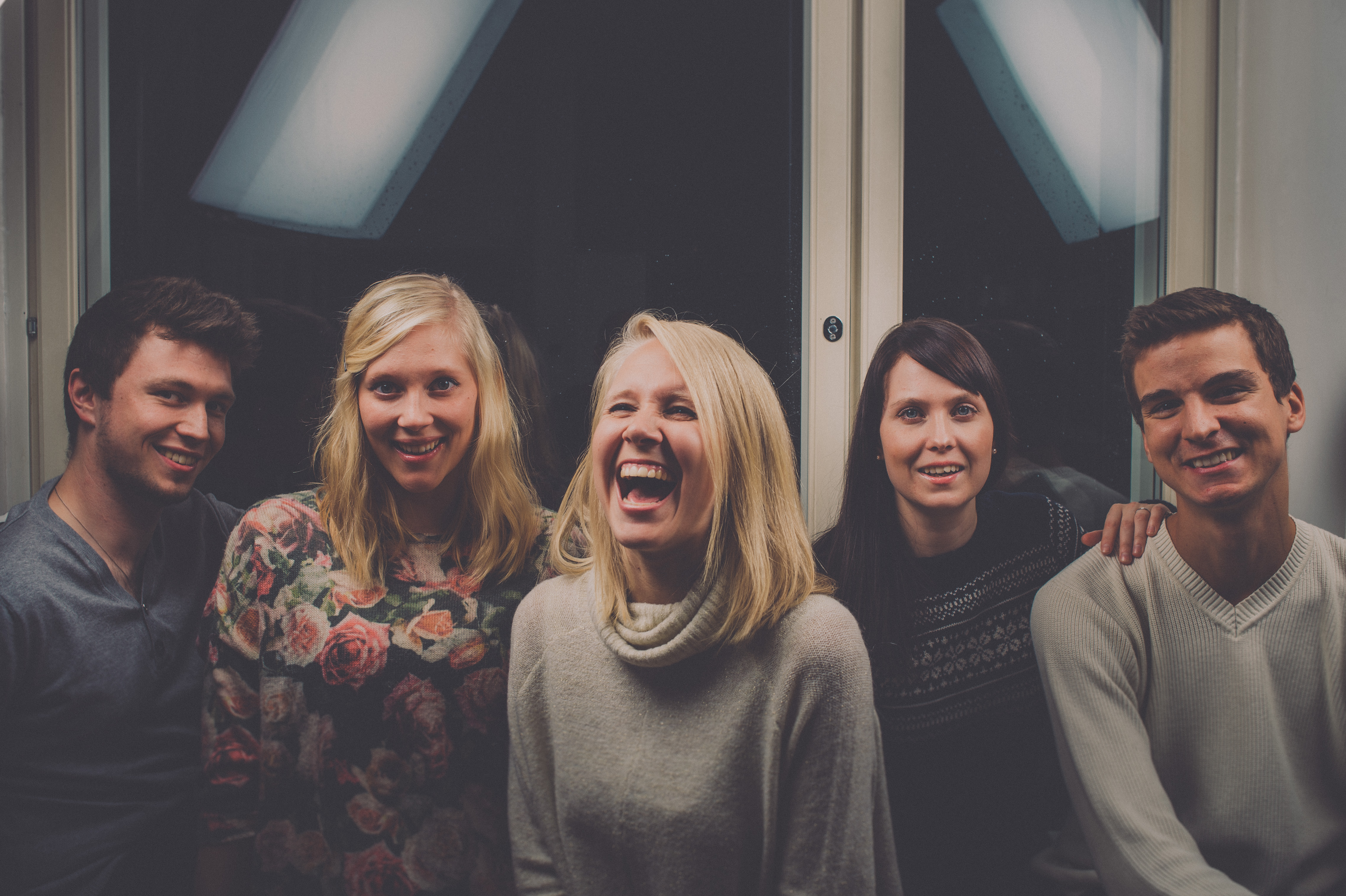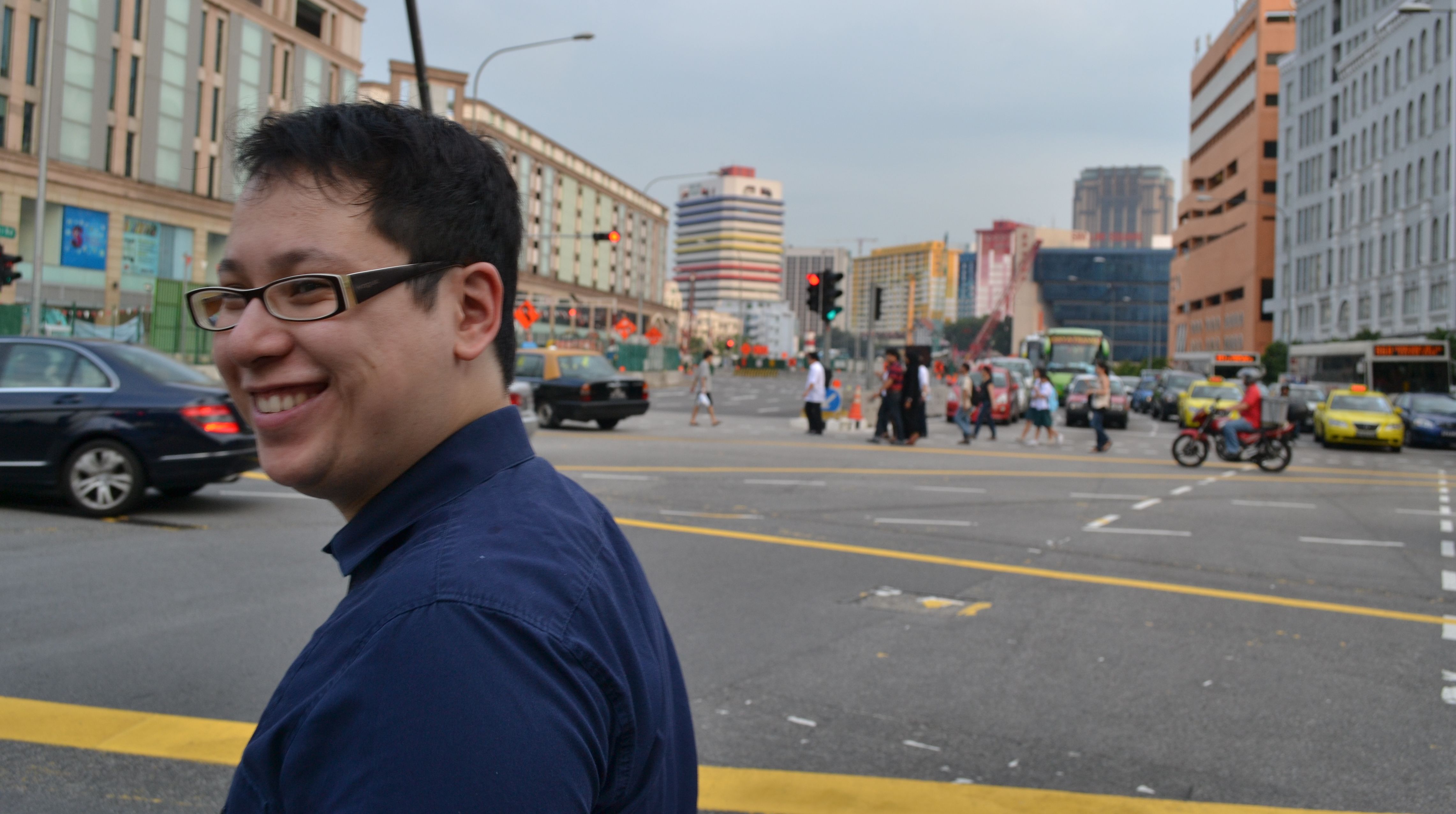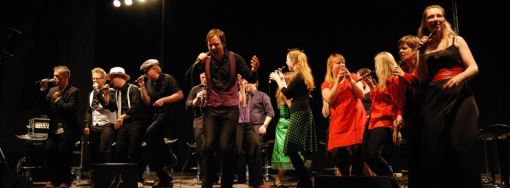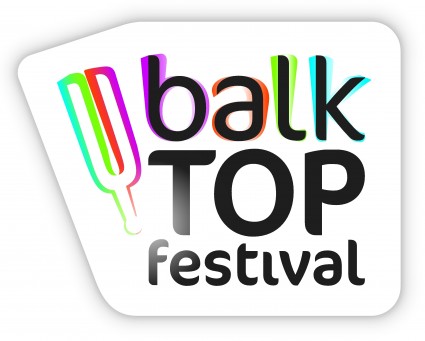Natural, organic and fresh sounds as it was straight from a backyard passionately composed into rich and full-flavoured harmonies.
Six vocal enthusiasts joined in the pursuit of a simple goal of capturing the natural warmth and harmony of human voices and translating them into a sensual experience for the enjoyment of the listeners.
Music is a universal language – there is no instrument more primal than that of a human body and no rhythm more pure that the sound of a beating heart.
In our musical ventures, we always strive to create a comprehensive harmony of sounds. As the six voices become one we suddenly become aware that the essence of beauty is not at all pretentious, but merely a simple and natural occurrence. With time and persistence such beauty can mature and bring out its genuine splendour and creativity.
In 2013, the Kreativo Vocal Band began to invest more time to their song creation process with the desire to fulfill their common passion and calling to perform Jazz, Pop and Country music among other popular genres. All singers still continue to perfect their vocal techniques and have a long track record performing at small- and large-scale events world-wide. We give an appealing and playful twist to well known hits of the Slovenian and foreign songs, and in 2015 we have released our first album with arrangements of popular Slovenian songs.
In addition to performing at various events we have already held numerous independents shows, among which is the traditional annual concert “Igramo na Glas” (Fierce and Loud), and in September 2014 we performed in the non-competitive part of the Slovenian Song Festival. We partake in different music festivals for vocal groups held in Slovenia and abroad, and we already pride ourselves with several more prominent achievements. In 2015, we performed at the International Vokal Total Festival in Austria and were awarded the Silver Award in the “Jazz” category, and also a special Bronze Ward Swingle Award. In May 2016, we attended the Slovenian A Cappella Festival called “Sredi Zvezd” (Among the Stars) held in Žalec and won first place. In July 2016, we appeared at the Total Vokal Festival again and won first place in the “Pop” category, and we were presented with a Gold Award and a Gold Ward Swingle Award.
With the awards came numerous opportunities to work with famous people from the world of the a cappella music, including Peder Karlsson, Anders Jalkeus (The Real Group) and Andrea Figallo (Flying Pickets). All artists are former members of world-renowned vocal bands with the current mission to spread their rich knowledge and experience among other enthusiasts of vocal music. Working with these experts is key to our professional development; therefore, we hope these cooperations will be the source for our creative and artistic growth in the future.
KATJA KOVAČIČ
Soprano
Tranquil and hard-working girl born and bred in Ljubljana. A lawyer by profession, and a rocker by heart who swears by Japanese cars and sticks to Styrian men (Štajerska region).
JANA GAMSER
Alto
Hard-working, conscientious and uncompromisingly strict when it comes to music performance. Her velvety voice will leave you speechless.
ALEŠ MAJERIČ
Tenor
His sensitive humour and orderly old-fashioned upbringing always follow him around. Love for women, dedicated singing and passion for sports are what keeps him young at heart.
SAMO VOVK
Tenor / Vocal drums
The personification of music itself. Someone, who feels right at home between the lines and spaces of the staff. Relentless Jazz player with a perfect pitch for rhythm and intonation. Favourite waste of time – the electric guitar.
DOMINIK ŠTRUCELJ
Tenor / Vocal drums
The most friendly “drum machine” in the Universe and a matchless sound engineer, hacker and heartily White Carniolan (region of Bela Krajina)
LUKA ČERNE
Bass
A thrifty and resourceful bass singer from Upper Carniola (Gorenjska region) with strong managerial skills. Time is his worst enemy, but when it comes to music, everything can be put on hold.


